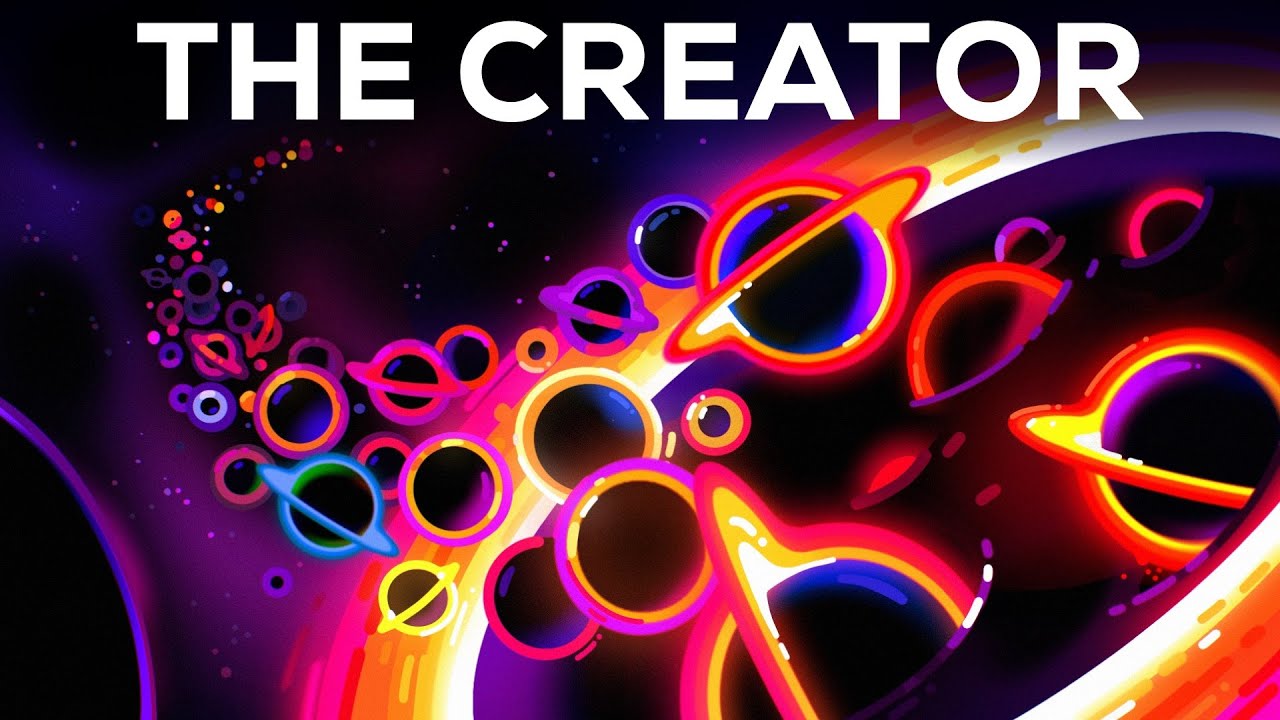PlzGivHugs
- 15 Posts
- 202 Comments

 81·2 days ago
81·2 days agoIf used in the specific niche use cases its trained for, as long as its used as a tool and not a final product. For example, using AI to generate background elements of a complete image. The AI elements aren’t the focus, and should be things that shouldn’t matter, but it might be better to use an AI element rather than doing a bare minimum element by hand. This might be something like a blurred out environment background behind a peice of hand drawn character art - otherwise it might just be a gradient or solid colour because it isn’t important, but having something low-quality is better than having effectively nothing.
In a similar case, for multidisciplinary projects where the artists can’t realistically work proficiently in every field required, AI assets may be good enough to meet the minimum requirements to at least complete the project. For example, I do a lot of game modding - I’m proficient with programming, game/level design, and 3D modeling, but not good enough to make dozens of textures and sounds that are up to snuff. I might be able to dedicate time to make a couple of most key resources myself or hire someone, but seeing as this is a non-commercial, non-monitized project I can’t buy resources regularly. AI can be a good enough solution to get the project out the door.
In the same way, LLM tools can be good if used as a way to “extend” existing works. Its a generally bad idea to rely entirely on them, but if you use it to polish a sentence you wrote, come up with phrasing ideas, or write your long if-chain for you, then it’s a way of improving or speeding up your work.
Basically, AI tools as they are, should be seen as another tool by those in or adjacent to the related profession - another tool in the toolbox rather than a way to replace the human.

 71·3 days ago
71·3 days agoIts not that old (although that does fit the theme) but Hotline Miami 1, and to a lesser extent, 2. Both are limited a lot by the engine, and by the small scale of their development. If they could be re-made in a new engine, with some modern customizability and QoL features, as well as added polish on things like the door physics, I think it could go a long way to ensuring they stand the test of time.

 12·3 days ago
12·3 days agoThe the infamous Weimar Republic mark was only one 4.2 trillionth of a dollar. This is a quadrillion x quadrillion dollars.

 2·5 days ago
2·5 days agoYeah, that sounds very similar in strategy. TTT is a deception game built on top of the fps video game, Counter Strike - its a pretty typical deception game, one team of innocents with a revealed detective role, and a few hidden traitors amongst them. The main difference compared to a lot of deception games is just that everyone will have weapons and can kill others at any time, often in a fraction of a second. Because fights are so short and bloody, everyone is typically extra jumpy and information that would normally be obvious is easily lost, which makes it perfect for exactly that sort of manipulative play.

 5·5 days ago
5·5 days agoAny good play in a deception game - esspecially an open-ended one - feels so bad.
In particular, the example that comes to mind is when you create an alliance with a friend in TTT with you as a traitor and them an innocent: manipulating them into killing a bunch of their friendly innocents with you, before you shoot them in the back of the head to win the game.
Depends a lot on the cat. Mine just started scratching the wall beside it instead.

 44·7 days ago
44·7 days agoStop clicking on those articles, esspecially on platforms that they actually care about, like Facebook and Twitter.

 3·8 days ago
3·8 days agoEven with Ana, while it was the peak of Overwatch’s healers, had a lot of the same issues, esspecially when it comes to juice, and feedback for impactful actions. For example, while your primary specialty was healing, the main feedback for that was your teammate’s health bar going down slower, whereas if you decide to play selfish and shoot enemies, you watch their health rapidly tick down, they die, and you get a flashy kill reward and voice line. Even in terms of the OW1 medals, there was only one healing medal and like, 3 or 4 for damage. Despite healing being such a core part of the game, there’s very little moment-to-moment “reward” for it.

 15·9 days ago
15·9 days agoEven for a lot of games with strategic views, being able to hover above the battlefield or fly between your battle lines would be so cool - like the most immersive tabletop wargame possible.

 7·9 days ago
7·9 days agoHonestly, this just highlights how badly thought out the gameplay is for non-dps classes in a lot of games. So often, both the healer and tank are left as second-class citizens, as all the emphasis is put on killing enemies. For example, in Overwatch, while tanks and healers were effective, there was little depth and little reward in the role compared to DPS characters. Orisa was a dps who couldn’t leave the objective and had to hit ‘e’ on the ground every few seconds. Mercy just followed someone around, with little agency of their own. Compare that with, for example, Junkrat, where you were encouraged to be flying around the map, bouncing grenades off walls to make yourself near impossible to hit while still killing dozens of enemies. Theres both more depth, and more frequent, significant gratification. This is a big part of why I like Dota - supports (tanks aren’t really a thing in the same sense) have a whole separate game they tend to be playing to manipulate the map in their favour, and can still impact fights with a plethora of significant abilities that are flashy and impactful in their own right.

 54·10 days ago
54·10 days agoHonestly, Im really suprised official support lasted this long. Microsoft largely gave up on VR years ago.

 2·17 days ago
2·17 days agoI definately care some, although not enough that I want to sit through a photo slideshow or that. That said, if its just daily photos to a family group chat, or listening to them talk about a particular trip highlight, then I certainly enjoy it.

 2·20 days ago
2·20 days agoAlso looks very Deep Rock.

 6·21 days ago
6·21 days agoHonestly, I think now is probably the best time in history for discoverablity by far. Things like YouTube have done a lot, but I think Steam has played a massive part. Compare it to most of the other options:
Physical retailers tend to just be a wall of products, with the exception of games with a large marketing budget (esspecially those working out deals directly with the retailer) that often get special placement in their own shelf. Marketing budget is king, and everything else is hard to browse.
Reviewers offer a bit of an advantage as they provide an easy way to assess if games are good or bad, but they are usually limitted in the number of reviews they can publish, and those reviews tend to go towards the games that get sent from powerful publishers or those with most hype, meaning it usually still comes down to marketing budget.
A step up from that is most online retailers. Here, you have easier access to information about the games on display, and often have ways to sort by genre, price, or reviews. That said, a lot of emphasis is always placed on either the top grossing, games directly connected to the storefront owner, or games that directly buy space on the front page. This offers far more discoverability than anything that came before, but still tends to massively over-push higher-budget and/or higher-return games.
Steam on the other hand, has put far more emphasis on featuring good games on their front page. You can’t buy the space, Valve doesn’t bias the store towards their own products as much, and revenue plays a generally smaller part in the algorithm. Instead, they have a much better personalized recommendation algorithm and more tools for customizing your storefront (such as blocking tags). On top of this, they have recognized that this isn’t enough, and introduced a myriad of (often half-baked) additional discovery tools, such the the Discovery Queue, Curators, and the various festivals like NextFest. Sure, its not perfect, but I can consistent find new games I’m interested in, whereas on other platforms its barely worth trying. I think this is a big part of Steam’s success that often gets overlooked.
Considering all the limitations, and the hyper-fragmented nature of the Fediverse, maybe it’d be worth adding a feature to “redirect” or “symbolically link” communities. For example, dota@nicheinstance.com would just open dota@lemmy.world (possibly with a notification banner or similar to clairify). Throw in some extra tools to improve moderation across instances and you’d have 90% of the benifit of “super-communities” without the complexity.
I know you can do this by just making a locked community with a post describing this, but its a very clunky solution, and given how fragmented the Fediverse is, and how unlikely that is to change (given the structure) it might be worth having a dedicated method.

 1·23 days ago
1·23 days agoCan you confirm that this setup still works? At least with Kodi, all the apps had been discontinued, and that link is three years old.

 1·23 days ago
1·23 days agoHow do you get streaming services to work? As best as I can tell, none of them support much in the way of non-mouse inputs, and I wasn’t able to find any scripts/addons being maintained.

 132·24 days ago
132·24 days agoI mean, If I wanted to be controlling everything with a mouse, I’d just sit at my desk. Unfortunately every other input method has near-zero support on PC at this point, even for a lot of the more open seas options. Kodi with a paid, illegal service was basically the only option I found, and I’d really rather not go down that route, esspecially when handing off this device to less tech-savvy family.

 1·26 days ago
1·26 days agoAs best as I can tell, the addon recommended there has been discontinued as a result of having to fight Netflix’s DRM. Most recent posts report frequent issues with it. I was looking at other services, and unfortunately it seems the same or worse. I might try launchbox as another user suggested, and just use it to launch Windows apps, but I haven’t tested it yet.





Galahad
Eleanor
Emeline
Emeric
Lancelot
Siegfried